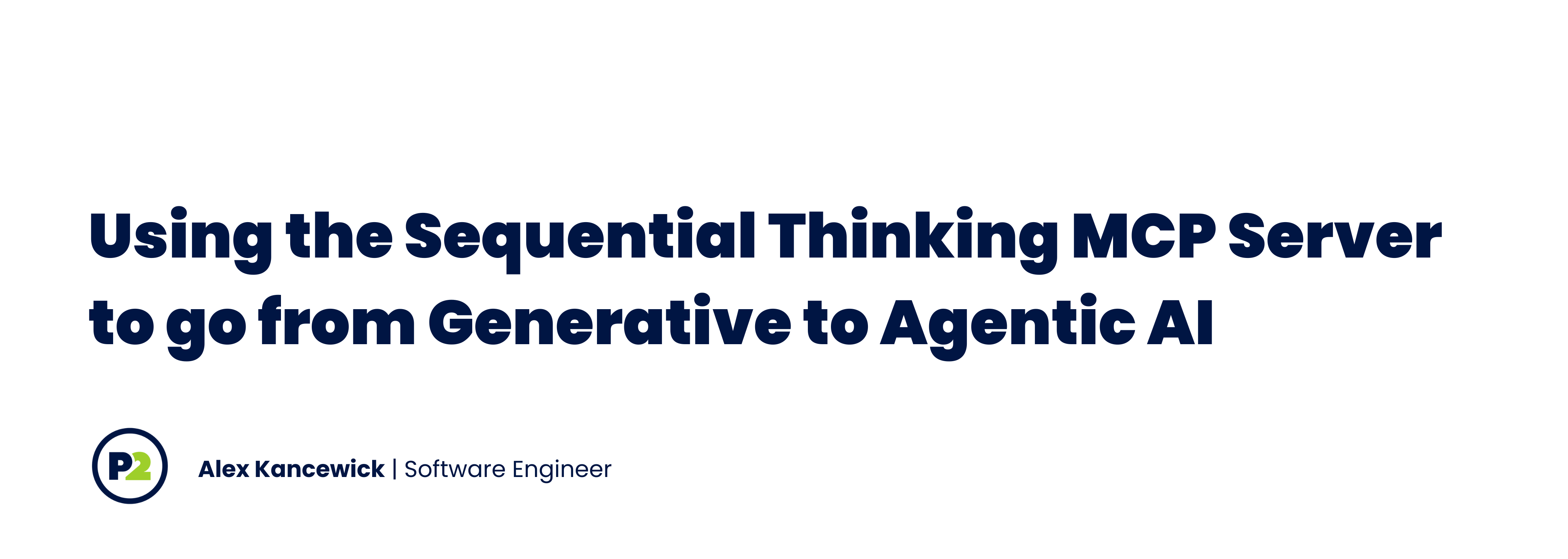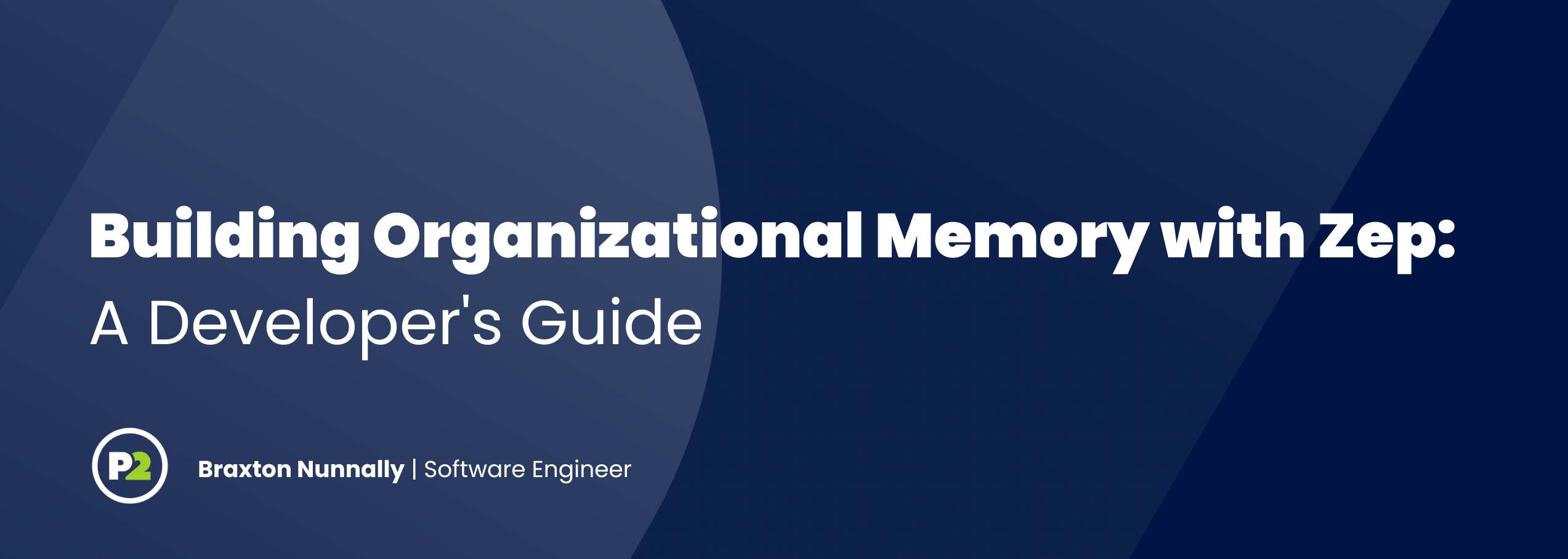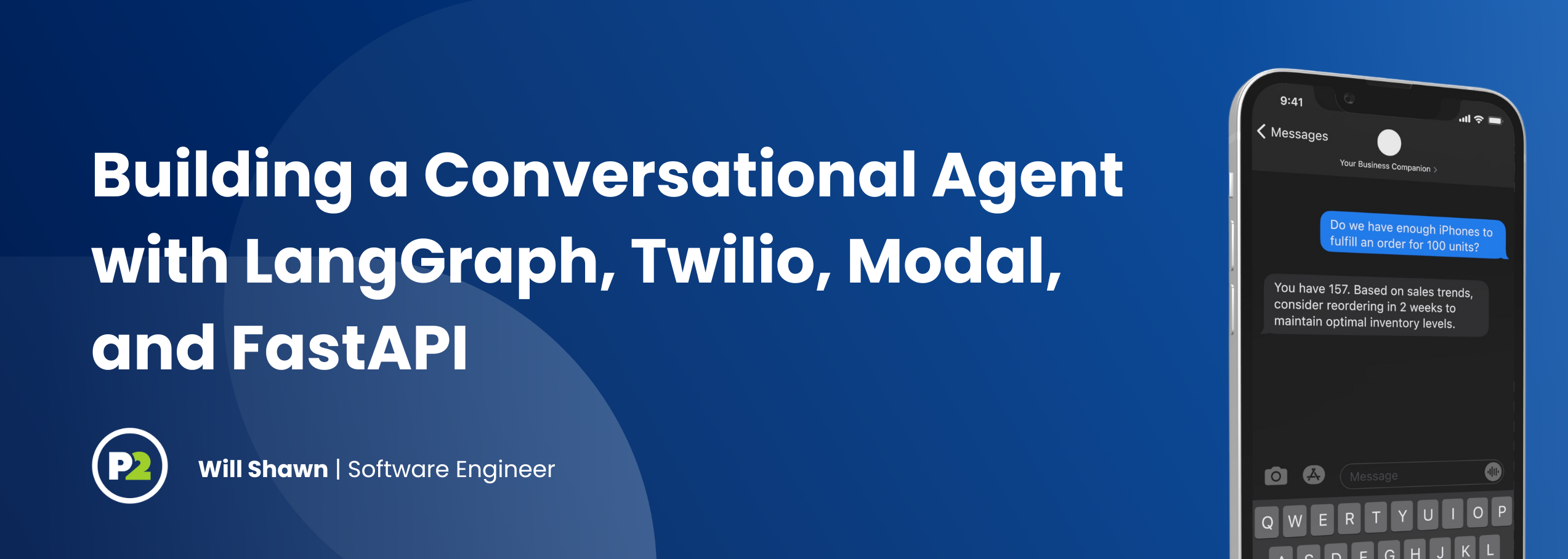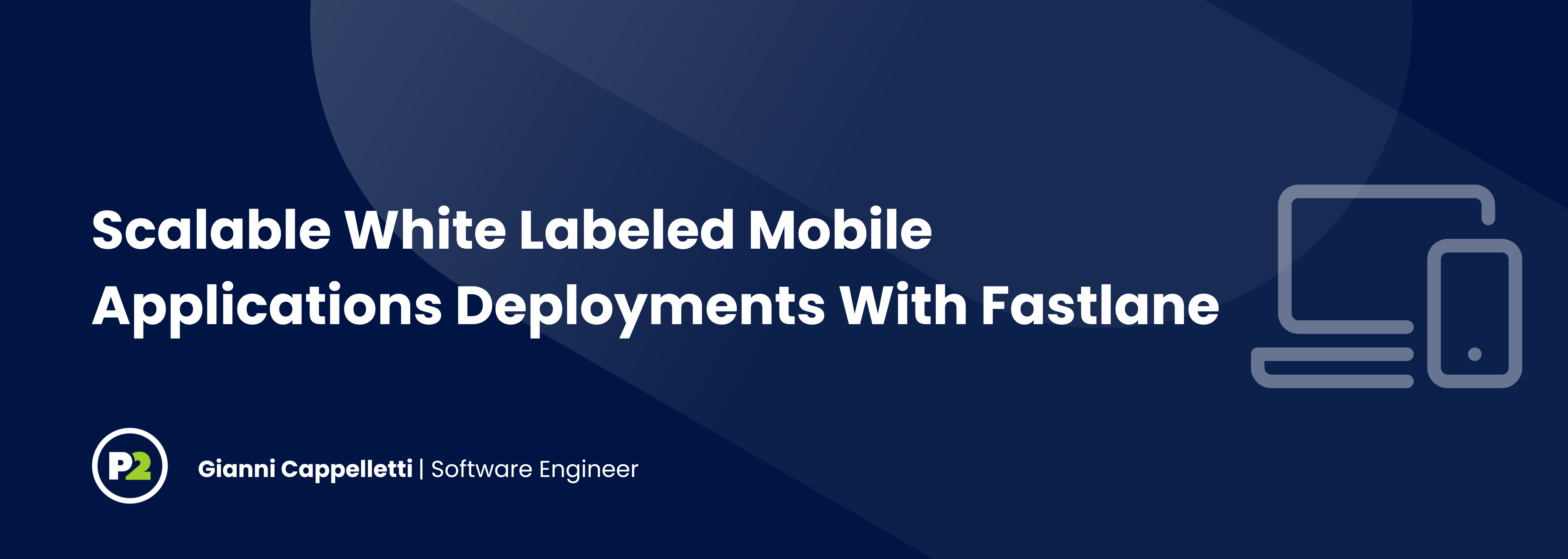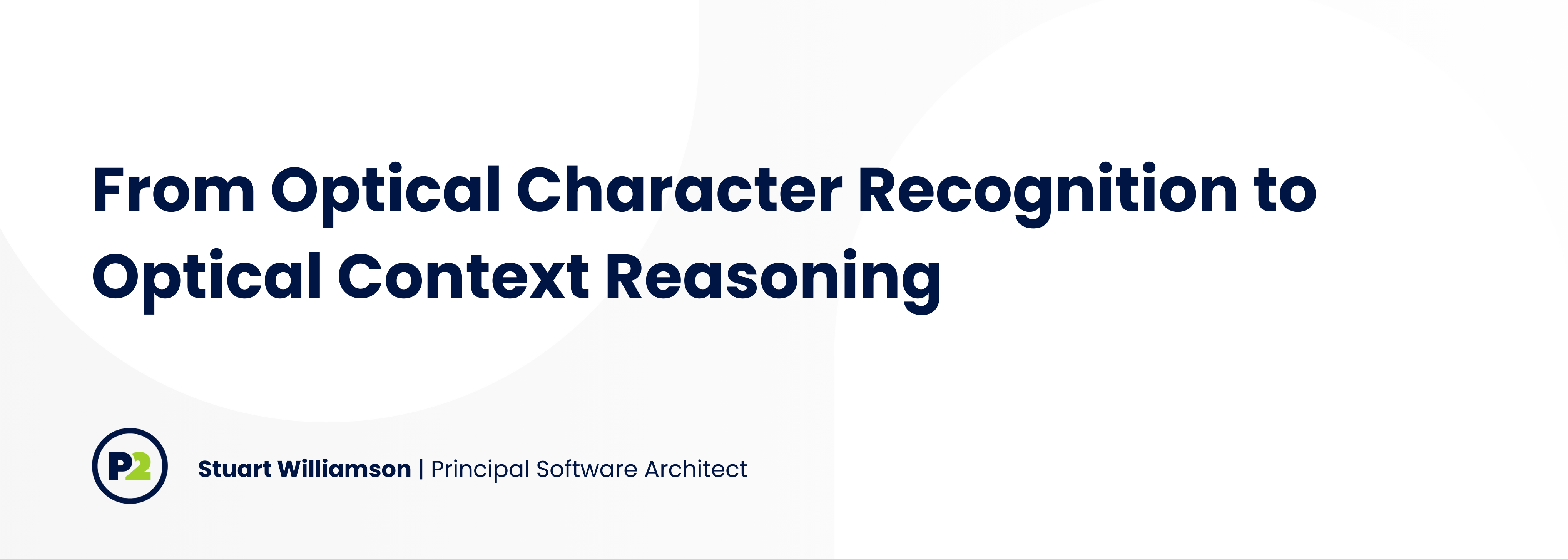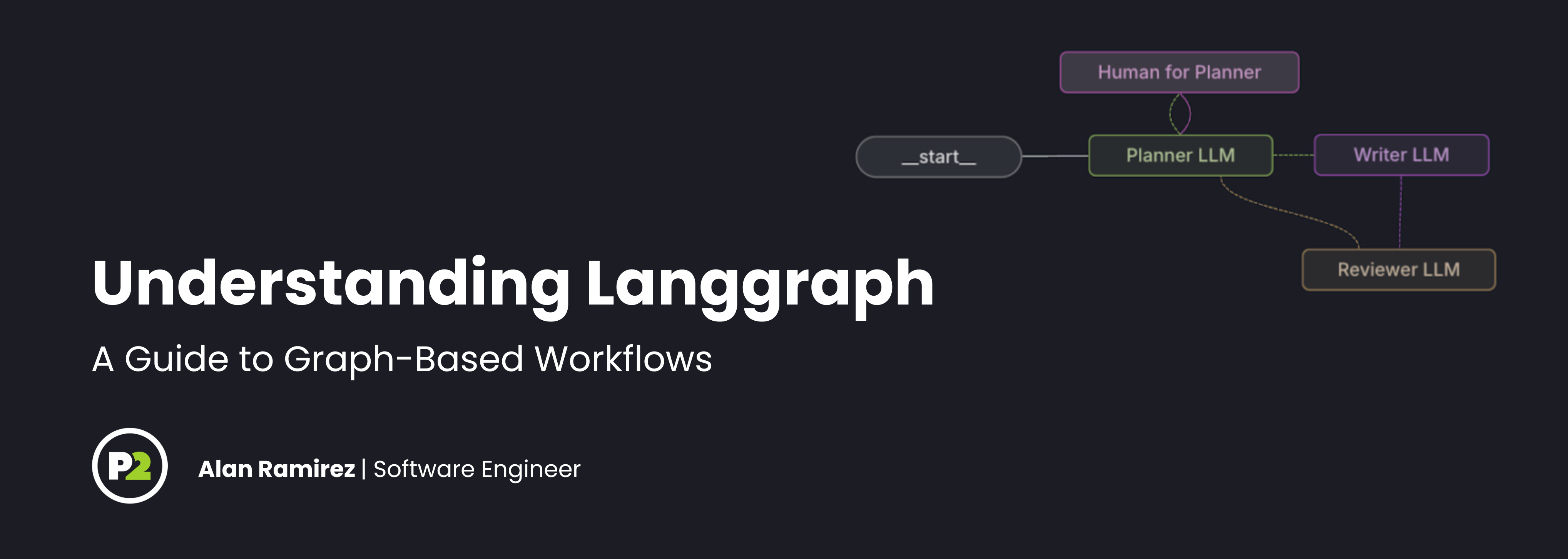Using the Sequential Thinking MCP Server to go from Generative to Agentic AI
What is the Sequential Thinking MCP Server from Anthropic? The Sequential Thinking MCP Server is one of many Reference MCP Servers released by Anthropic to demonstrate the capabilities of their MCP protocol. This server in particular serves the purpose of providing structure to help augment a given AI’s thinking process. The Sequential Thinking server does not do any of it’s own “thinking” or decomposing of a problem. Instead it deterministically receives structured input from an AI, validates the data in the...
Read Post
